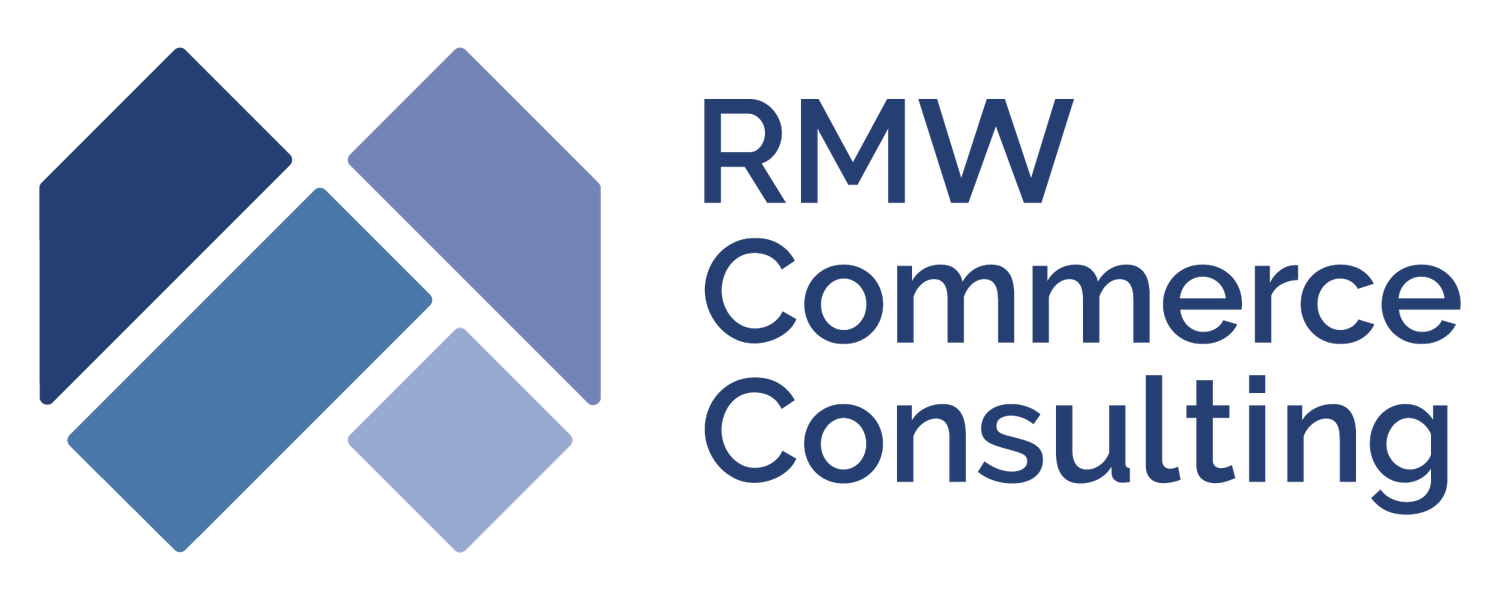What We Know, What We Think We Know, What We Don't Know
You don't have to be a tariff expert to plan during uncertain times. It just helps to review what you know, what you don't know, and what you think you know.
Here are a few examples and ideas that I thought would be helpful.
>What We Know
- For sure? Not much. Death and taxes.
- Day to day, the underlying forces affecting the economy could change quite dramatically.
- Our customers might adjust to these changes with their own behavior changes.
- What our customers desire long-term is usually very slow to change (higher quality, faster time to value, lower prices - for most companies)
- When consumers are worried, they tend towards safety. That could mean freezing, it could mean only brands they trust, or it could mean looking harder. Doubly so if the basics are not covered.
>What We Don't Know
- We have no idea what taxes, tariffs, or policies will be in the next few minutes, months, and years.
- We don't know which of our forecasts will be the right ones, yet we still learn by forecasting.
In these kinds of scenarios, it's best to do a few things:
* Talk to your customers. Literally, get out of your office. Everyone in marketing and merchandising. Go out on the street. Get out of your own head and your own way. Shop in your stores. Shop in department stores that carry your goods. Get some fresh ideas.
* Your management team must have more than even two forecasts. This is something that AI can help you with, if you truly model it and understand what assumptions can change.
* Make friends with your Financial Planning and Analysis (FP&A) team, to get deeper on the business beyond financial metrics, and into the assumptions behind those metrics.
* What are some of those assumptions that should go into your various models?
- Average Unit Retail (AUR), but not just this -- a deeper assumption behind AOV is category mix, what your customers are buying and why. This can have a huge impact on your margin profile if consumers migrate away from your more profitable items.
- Traffic: people walking in the door - are they even shopping or are they replacing?
- Conversion rate: are customers pulling the trigger, deferring or replacing after shopping?
- Discounting: What margin profile is it taking to get the sale
All businesses deal with uncertainty, we just fool ourselves into believing we can be certain. In uncertain times, it's often good to diversify and place multiple bets - sometimes new ones, that can carry you if one of your current lines doesn't follow a trendline.
